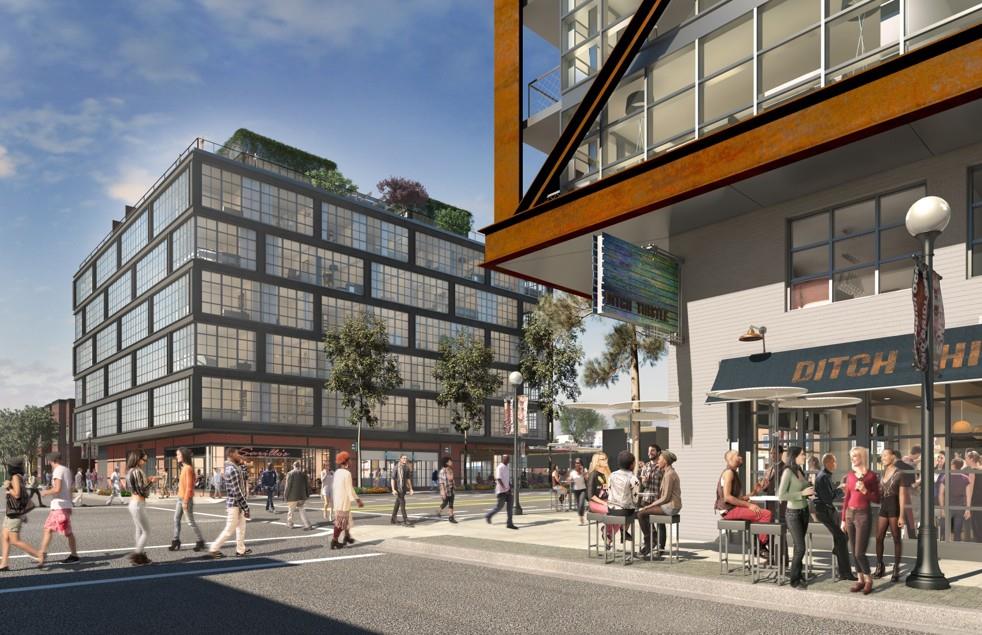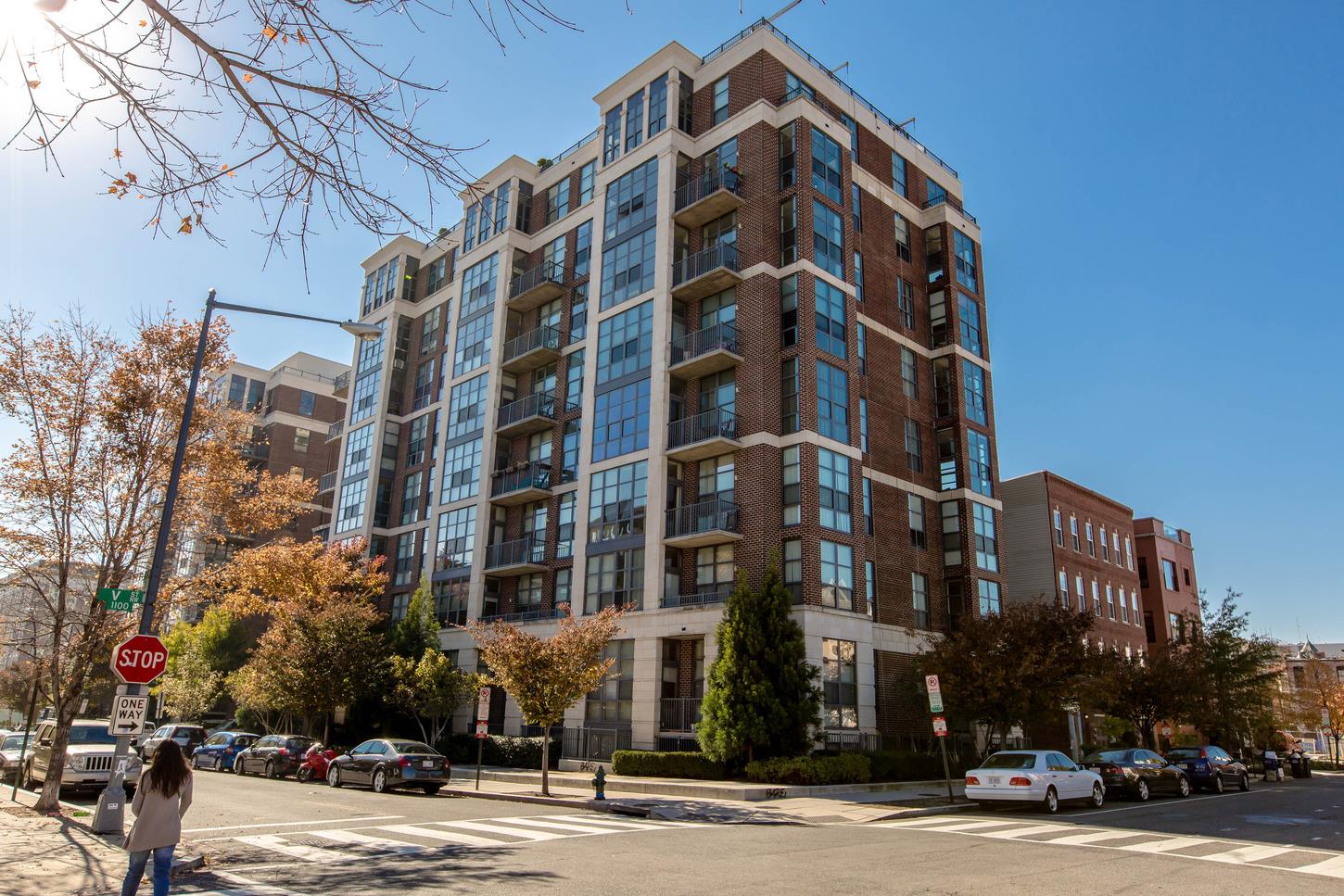"Hard Money"

All developers, from the first-timers to those with generations of experience, run into roadblocks throughout the course of a project. How these are handled generally forms the success or failure of the developer. In a world where popular television shows condense real estate investing into 30-minute segments, it’s important to remember several of the barriers in building real estate success. Below are five challenges that we commonly see our clients face in completing a project:
Municipal Permitting
Across the country, municipalities hold the leash on real estate developers through zoning districts, height limitations, setback requirements, and more. In Washington, DC, this leash increasingly appears to be a choke collar. Following a wave of “pop-ups,” “pop-backs,” and a “NIMBY”-attitude from long-time low-density neighborhood groups, the permitting process within the District has grown to represent a heightened burden. “By-right” projects could be stuck in permitting for over 6 months, even with a team of professional architects and expediters, and “re-entitlement” projects can take years. Time is money, especially when there’s financing involved. Limiting the square footage expansion, controlling interference with neighboring properties, holding pre-development meetings with city officials, and starting the permitting process from day 1 (sometimes even before the property is owned) are all ways to mitigate this risk.
Equity Requirements
Following the Great Recession of the late 2000s, financial institutions have faced new waves of governmental regulation, and aren’t permitted to be as flexible as years past. Traditional financing options now require contributions from the borrower and have strict controls on construction draws, alongside miscellaneous fees. Private capital sources, like Adler Private Lending, offer a solution outside of the regulated financing market, but come at a cost of higher interest rates.
Tax Implications
Many small developments are completed in less than one-year, and the sales are therefore counted as short-term capital gains to the individual owners. Short-term capital gains are taxed at ordinary income rates (currently 10% to 39.6%, depending on income level) but can often include a 3.8% surtax for the “investment income.” Assets held for over one year are long-term capital gains, and are taxed at a lower rate without the surtax. The structure works against “flipping” homes, for better or for worse, but ultimately adds some extra punishment to the out-sale of a quick project.
Increased Competition
There are more articles floating throughout the internet lauding the advantages of real estate investing than there are emphasizing the challenges. Perhaps for this reason, small developers are popping up left and right. This makes a competitive market for discovering profitable investments, and the real estate adage “you make money when you buy” is threatened. However, real estate is luckily an inefficient system, and opportunities will exist for those hungry enough to find them. More developers theoretically means more development, improved communities, and higher property values, so it’s not a complete negative, but will lead to a little extra work.

Things appear almost “too good to be true” within the boundaries of Washington, DC. There’s been an obvious revolution occurring in a long-neglected city’s housing stock. Generations seek to remain in the District to oppose the usual flee to suburban areas. Weekend nights are spent in revitalized neighborhoods like Columbia Heights and Shaw. Thanks to “The Wharf,” Southwest DC is beginning to see condominium sales climb close to $1,000 per square foot.
Through last month, 20% of the 4,100 homes sold in the District were “all cash” transactions, a typical signal of investor dollars and wealthier individuals moving into an area. When walking through popular neighborhoods like Petworth, Trinidad, or NoMa, “Just Sold” addendums to street-front “For Sale” signs are often added before the first open house. Again, it appears “too good to be true.”
From our perspective at Adler Private Lending, the revitalization and subsequent increase in real estate value presents lots of opportunities for our clients and partners. The District is experiencing over 1,000 (net) new residents each month, they need somewhere to live, and thanks to height limitations, there are a number of budding neighborhoods waiting to welcome first-time buyers and renters into rowhouses-turned-condos, 2-4 unit apartment buildings, boutique residential communities, etc. And there seem to be plenty of projects to go around, thanks to decades in which buyers chose Virginia or Maryland over DC.
In its August outlook, Freddie Mac forecasted mortgage rates remaining below 4%, which should continue an already-hot market for buyers. As retail, office, and other commercial space fills in the developing neighborhoods of DC, I’d predict that individual roots will only grow stronger, solidifying a core generational shift towards remaining in the DC boundaries.
We’re optimistic. Though we understand that unbridled growth is not sustainable, and real estate broadly operates in a cycle with highs and lows, we believe the DC market to be at a strong point, and expect that strength to continue driving the success of small developers for the next few years, if not longer.

real estate investors across many assets classes. Typically, these loans are used to fund condo
conversions/residential rehab project (“fix and flips”) with shorter loan lengths, but they are
increasingly used for other commercial purposes.
Private lenders (like Adler Private Lending) are unregulated, and unlike traditional financing
sources, we make autonomous (and quick!) decisions. Our loans can be used for rapid
acquisitions, where traditional financing would take too long to organize. Or to pull short-term
liquidity from equity within commercial properties without spurring a permanent refinance.
Our loans are nothing if not flexible. Private lenders are able to break traditional rules of project
financing, while staying within their defined comfort zone (which varies greatly from lender to
lender). Below are six advantages offered by the non-traditional route – some obvious, some not
so obvious:
1. Rapid Funding – Too frequently, projects slip through investors’ grips due to timing.
Either they can’t pool together funds from themselves/friends/family or a bank can’t meet
the aggressive timeline before other bidders close in. At Adler Private Lending, we can
offer loan decisions in as little as an hour and have closed loans in as little as three or four
business days. Our only holdup is the necessary title work associated with the property in
question.
2. Flexible Structures – We understand that there isn’t a “one size fits all” model in
commercial real estate. We offer loan terms from 6 to 24 months, with whatever structure
for interest/principal works for the borrower. Our goal is for the deal to be a “win-win,”
with that success driving the start of future deals!
3. Direct Lending – Traditional financing institutions have a number of players involved to
make decisions, and often even more players involved with the actual funding for the life
of the loan. Loans are initiated, packaged, sold, and resold, with different implications on
the borrower each step of the way. Adler Private Lending is a direct lender, with loans
maintained in portfolio, leaving decision-making solely in our hands.
4. No Credit or Cash Requirements – We understand that there may be some unsuccessful
projects in the past – that’s how we all learn and improve. We have no minimum credit
scores or cash contributions for a deal to be approved. In many cases, the borrower never
needs to contribute funds beyond minimal closing costs, as our “loan-to- value” (LTV) is
comfortable with the associated property alone.
5. Partner Relationship – Banks can seem like rigid, intimidating, paternalistic institutions.
Our intention is to be a partner – our success is rooted in the borrower’s success, and we
only grow if we grow together. We are happy to connect over 40 years of Washington,
DC Area real estate networks and experience with borrowers to solve any problem.


